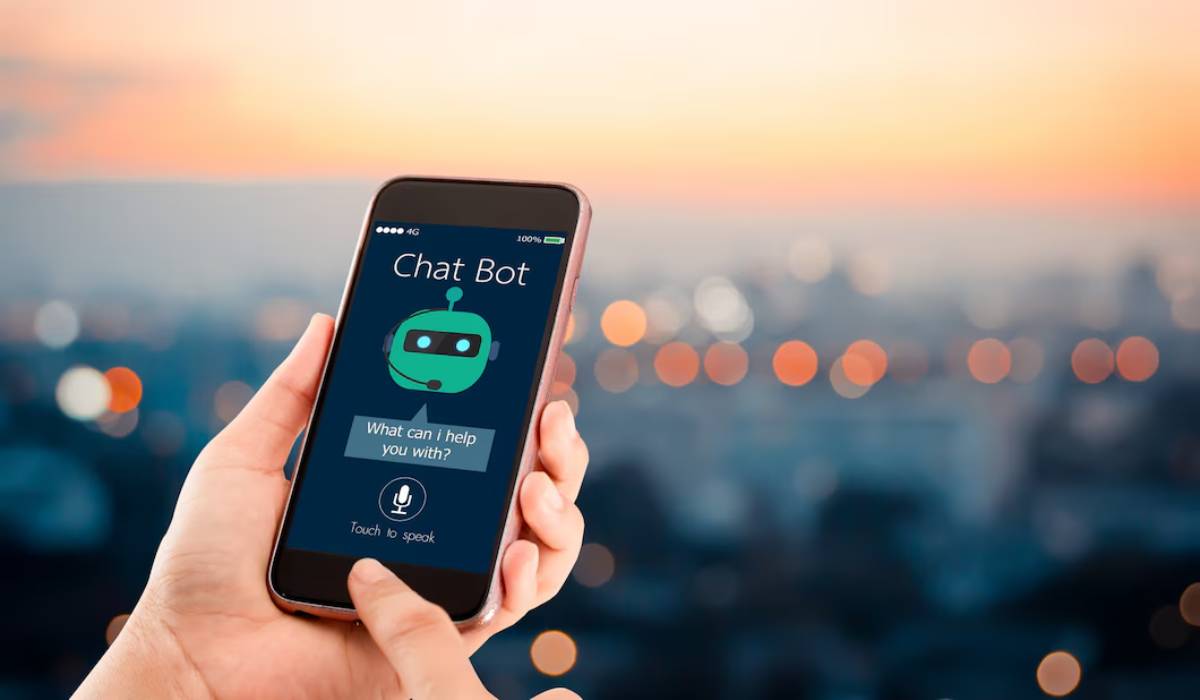
How to Integrate AI Chatbots into Your Online Store
AI chatbots are changing how online stores handle customer service. They improve engagement and make shopping easier. E-commerce is growing fast, and many businesses are using AI chatbots to improve customer service. This integration helps create smooth live chat experiences. Online shoppers want quick help and personalised support, and AI chatbots provide an efficient way to meet those needs 24/7.
This guide explores how to use AI chatbots. It includes their benefits, integration steps, and tips for getting the most out of them.
Pro Tip: Start small and scale. Start with one or two chatbot functions, such as order tracking or FAQs. Then, you can add more advanced features. Important: Consider things like multilingual support, product recommendations, or payment gateway integration. This method reduces errors and improves the customer experience during the first rollout.
Quick Guide
Here’s a checklist to guide your chatbot integration process:
- Define your objectives clearly: Know precisely what you want the chatbot to accomplish.
- Select the right AI chatbot platform: Make sure it fits your technical and customer service needs.
- Customise bot responses: Match your brand’s voice, tone, and key use cases.
- Test all features thoroughly: Run stress tests and usability checks.
- Monitor KPIs: Track chatbot effectiveness, user satisfaction, and adjust regularly.
Core Concept
AI chatbots are smart programs that mimic human speech. They often use machine learning and natural language processing (NLP) to do this. These tools are always changing. They understand customer questions, learn from chats, and predict future actions based on past data.
In online stores, the main job is to automate customer service. This means they provide quick answers to questions and help with tasks like:
- Order tracking
- Inventory checks
- Product recommendations
- Return and refund processes
- Common FAQs and troubleshooting
Their efficiency comes from managing many conversations at once. In contrast, human agents are limited by bandwidth.
The Importance of AI Chatbot Integration
- Better Customer Experience: AI chatbots give quick answers. This cuts wait times and raises satisfaction. They can greet customers, guide them through their journey, and offer timely assistance.
- Chatbots improve operational efficiency: They ease the burden on customer support teams by answering common questions, allowing human agents to focus on more complex or high-value interactions.
- Data Collection and Insights: With every customer interaction, chatbots gather valuable data. This can include likes, dislikes, shopping habits, and common questions people ask. These insights help shape marketing strategies, product development, and customer engagement.
Real-Life Impact
Consider a UK online retailer that introduced AI chatbots for customer service. In just a few months, customer satisfaction scores jumped by 30%, and service response times fell by 40%. The retailer saw a 22% increase in sales conversions, which came from the chatbot’s skill in recommending relevant products right away.
Step-by-Step Guide
1. Define Your Objectives
Determine what your business aims to achieve with chatbot integration. Objectives might include:
- Reducing customer support load
- Increasing customer engagement
- Capturing more leads
- Personalising product recommendations
- Driving conversions through real-time assistance
Clear goals shape what your chatbot can do. They also guide your platform choice.
2. Choose the Right Platform
Your platform choice will depend on your tech stack, business goals, and customer base. Here are a few popular options:
- Chatfuel: A user-friendly platform perfect for small businesses. It helps automate Facebook Messenger chats.
- ManyChat: Great for omnichannel communication, with native integrations for Instagram, Facebook, and SMS.
- Tars: Specialises in chat-based landing pages. It’s perfect for businesses that want to boost lead capture through conversation.
- Intercom and Drift: They are enterprise-grade platforms. They offer advanced features like segmentation, behavioural tracking, and CRM integrations.
Ensure the platform supports integration with your existing e-commerce CMS (Shopify, Magento, WooCommerce, etc.).
3. Customise Your Chatbot

Customisation ensures your chatbot reflects your brand’s tone and personality. Consider the following when customising:
- Greeting messages: Use friendly, brand-aligned language to welcome users.
- Flow structure: Map out everyday customer journeys (e.g., “Where is my order?” or “Help me find a product”).
- Fallback responses: Prepare smart error messages when the bot doesn’t understand.
- Contextual replies: Make the bot remember past chats or purchases. This way, it can give a more personal experience.
Use SEO keywords like customer service automation and live chat AI in your chat. This will help boost visibility.
4. Implement the Chatbot
Once you’re happy with your bot’s logic and interface, it’s time to implement:
- Embed code snippets on your website
- Use plugins or modules for platforms like Shopify or BigCommerce
- Connect through APIs if your site has custom development
Ensure your chatbot is visible on key pages, such as:
- Homepage
- Product pages
- Cart and checkout pages
- Support and FAQ pages
5. Test and Optimise
Before launching, conduct internal and beta testing. Invite users to try it and gather feedback. Check for:
- Misunderstood queries
- User drop-off points
- Bot responsiveness and speed
Once live, monitor the following metrics:
- Average response time
- Customer satisfaction ratings (CSAT)
- Chatbot abandonment rate
- Conversion rate from chatbot-assisted sessions
Use this data to improve conversations. It helps retrain AI models and boosts the bot’s knowledge base.
Important Consideration
Don’t fully automate human interaction. While AI chatbots are powerful, they cannot replace human empathy and nuanced understanding. Always offer customers an easy way to connect with a human agent. Implement fallback triggers like:
- “I want to speak to someone.”
- “This didn’t help.”
- “Can I talk to support?”
This prevents user frustration and increases trust.
Best Practices & Additional Insights
Enhance Engagement
- Quick replies and buttons: Reduce typing fatigue and improve usability.
- Visual aids: Use images, emojis, and GIFs where appropriate to make chats engaging.
- Multi-device support: Ensure chatbot design is mobile-friendly and responsive.
- Multilingual support: Use translation features or build multiple bot versions to serve diverse markets.
- Feedback collection: Include CSAT surveys after each chat session to monitor quality.
Upselling and Cross-Selling
AI chatbots can suggest:
- Complementary products (“Customers also bought…”)
- Limited-time offers based on browsing history
- Loyalty program perks for returning customers
The bot can analyse shopping habits. It boosts average order value by suggesting bundled items or upgrades instantly.
FAQs

Q1: What are the key benefits of integrating AI chatbots?
A: Enhanced efficiency, 24/7 availability, faster resolutions, reduced overhead, and actionable customer insights.
Q2: Can chatbots replace human agents?
A: Not entirely. Human agents are key for emotional intelligence, problem-solving, and complex requests. They can handle routine tasks and FAQs, but they can’t replace the human touch.
Q3: How do I measure chatbot success?
A: Track CSAT scores, average response time, resolution rate, and chatbot-to-human handoff ratio. These metrics highlight performance and help optimise future iterations.
Q4: Are AI chatbots suitable for small businesses?
A: Yes. Many platforms have free tiers and scalable solutions. This makes AI chatbots easy to access for small retailers and solopreneurs.
Q5: Can I train the chatbot over time?
A: Absolutely. Most chatbot platforms use machine learning. This lets you train your bot with each new interaction. As a result, your bot gets more accurate and effective over time.
Conclusion: How to Integrate AI Chatbots into Your Online Store
Adding AI chatbots to your online store is a smart choice. They can boost customer service and improve how your store runs. AI chatbots provide an innovative and scalable solution. They can help you lower support costs, speed up response times, and tailor shopping experiences.
To use this guide, follow these steps: set objectives, test, and optimise. This way, you can launch a chatbot that meets your brand goals and improves the customer journey. To keep your chatbot valuable, stay ahead of trends. Regular improvements will help it evolve with technology.